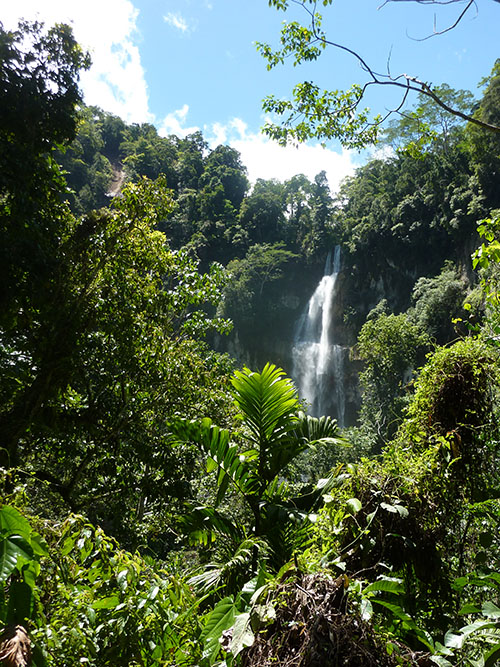This building block is described in detail in the solution"A holistic strategy for Protected Area management", building blocks 1, 2, 3 and 5. The other four building blocks described in this solution are part of building block 4(Long-term financing for MPA management) of the holistic solution.
The first step is to have a diagnosis of inspection and surveillance in the protected area through interviews with experts and field visits.
The second is to promote inter-institutional coordination so that the responsible and empowered authorities are on the water.
The third step is to have the necessary resources, equipment, technology, and capacities to be present.
The fourth and critical step is the joint operation at sea, to ensure compliance with regulations. This is done by the National Commission of Natural Protected Areas (CONANP) alone (Marietas) or with the support of other authorities (Cabo Pulmo and Loreto) and local organizations (Espiritu Santo). The information from each tour is systematized in a mobile application and reports are generated to make operational decisions and verify the proper use of resources.
The leadership of this building block is implemented by authorities and/or the local organization.
Collaboration agreements between organizations and government.
Working within a protected area allows the responsible authority to be identified.
Pronatura Noroeste and the Citizen Observers Network have been working for more than seven years to strengthen inspection and surveillance in some of these sites.
Alliance with partners who are experts in geographic information systems and mobile applications to design the online logbook.
Private funding of organizations that enable their continued participation.
Organized civil society has multiple roles in strengthening the inspection and surveillance of natural protected areas.
Alternative financing mechanisms allow for significant progress in this building block.
Technology can play a very important role in reducing operational costs and increasing the effectiveness of actions. It is important to acquire appropriate technology for the sites that is easy to use and repair.
Involving communities in marine surveillance can be successful when there are exclusive rights to use the resources and there is rule of law, otherwise it results in frustration for the users.
